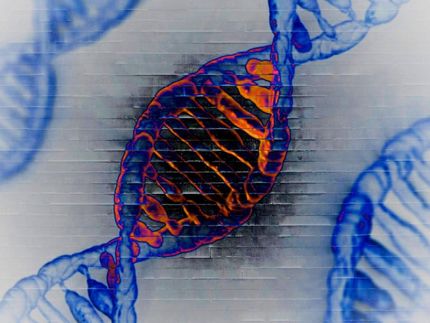454 Life Sciences Publishes Breakthrough Genome Sequencing Technique
Microfabrication Allows Sequencing in Record Time
Advertisement
454 Life Sciences Corporation, a majority-owned subsidiary of CuraGen Corporation , announced the publication of a new genome sequencing technique 100 times faster than previous technologies. This is the first new technology for genome sequencing to be developed and commercialized since Sanger-based DNA sequencing. 454's proprietary technology is described in the paper "Genome sequencing in microfabricated high-density picoliter reactors," in the July 31, 2005, online issue of Nature, with the print edition of the paper to follow later in the year. The technique was demonstrated by repeatedly sequencing the bacterial genome Mycoplasma genitalium in four hours, with up to and exceeding 99.99% accuracy. With a 100-fold increase in throughput over current sequencing technology, 454 Life Sciences' instrument system opens up new uses for sequencing, including personalized medicine and diagnostics, oncology research, understanding third world diseases, and providing fast responses to bioterrorism threats and diagnostics.
In May 2004, the NHGRI awarded a grant to 454 Life Sciences to help fund the scale-up of 454 Life Sciences' technique toward the sequencing of larger genomes, starting with bacterial genomes, and to develop the Company's ultraminiaturized technology as a method to sequence routinely individual human genomes. The scalable, highly parallel system described in this article sequenced 25 million base pairs, at 99% or better accuracy, in a single four hour run. The researchers illustrated the technique by sequencing the genome of the Mycoplasma genitalium bacterium.
"Much like the personal computer opened up computing to a larger audience, this work will enable the widespread use of sequencing in a number of fields, and ultimately place machines in your doctor's office," stated Jonathan Rothberg, Ph.D., senior author and 454 Life Sciences' Founder and Chairman of the Board of Directors. "This sequencing technique, leveraging the power of microfabrication, is 100 times faster than standard sequencing methods at the start of its development cycle. We expect, as with computers, for it to get more powerful and cheaper each year, as we continue to advance and miniaturize the technology."


























































